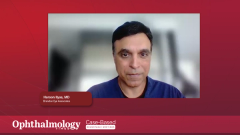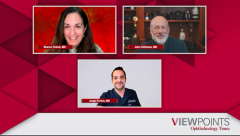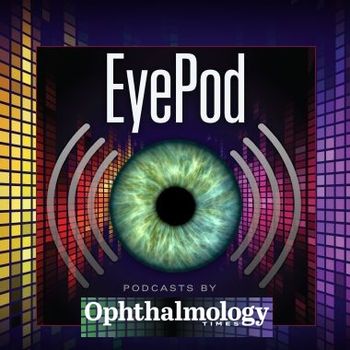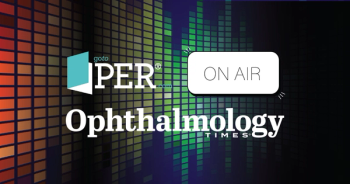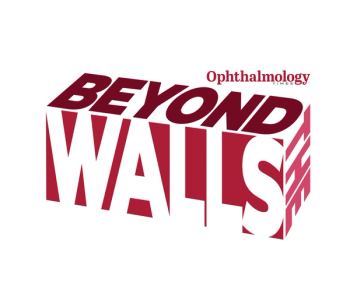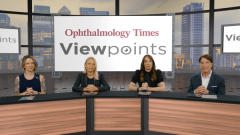
Conference Coverage
about 1 month ago
AAO 2025: The rise of presbyopia researchabout 1 month ago
AAO 2025: The value of RGB imaging in OCTabout 1 month ago
AAO 2025: Innovations in surgical visualization and imagingLatest News
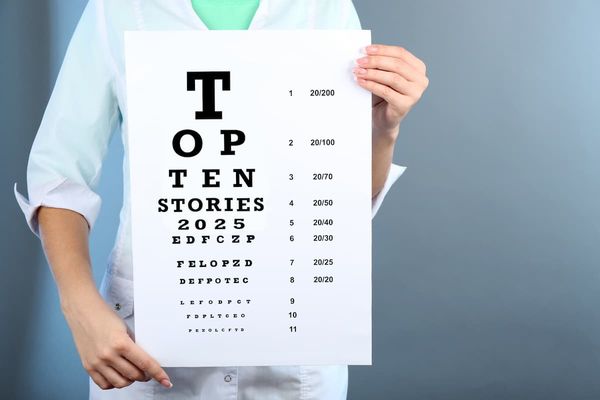
The year in optometry: 10 stories that defined eye care in 2025

Surgeon reflection: What patient case stayed with you in 2025?

Molecular insights and clinical experience: Extending anti-VEGF durability
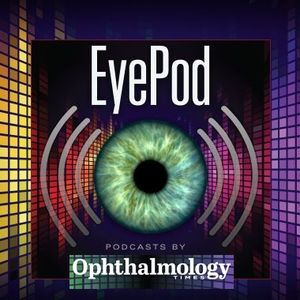
Glaucoma 2026: Which emerging technologies will change practice?

AI in ophthalmology research: Ethical implications for medical students

Shorts
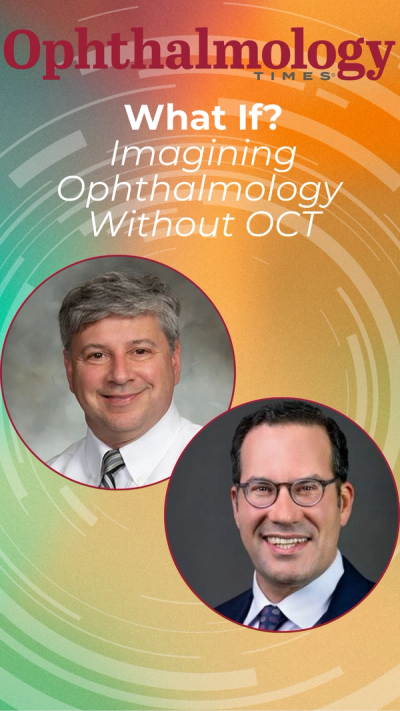
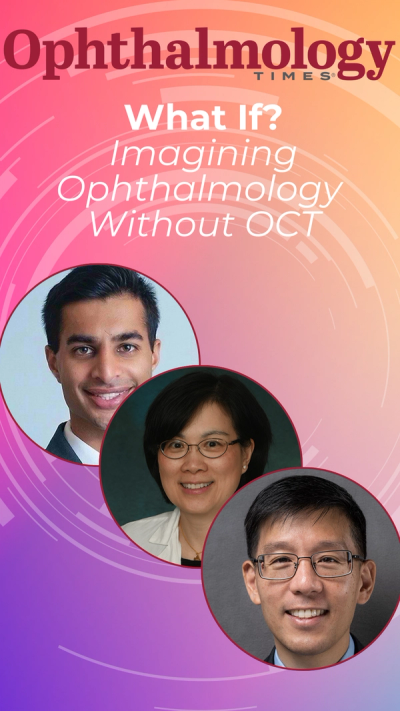
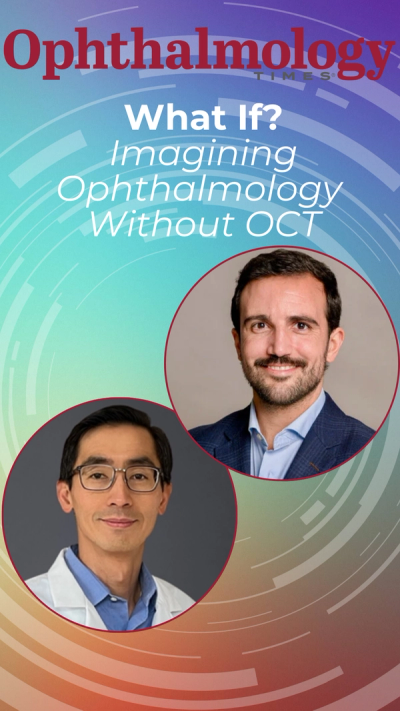
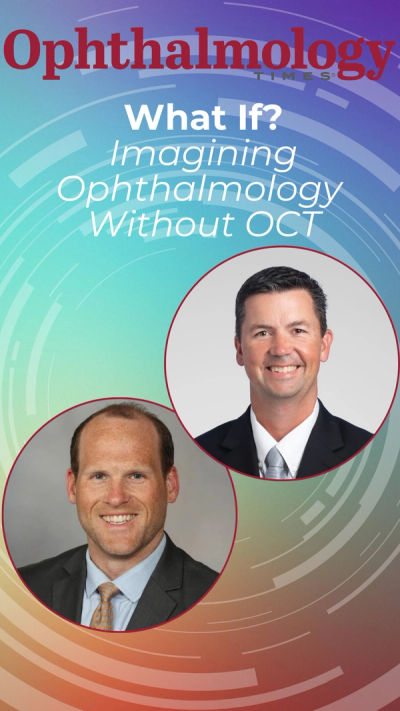

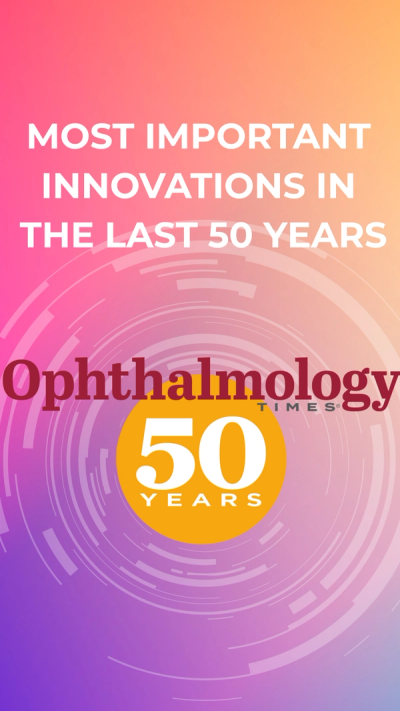
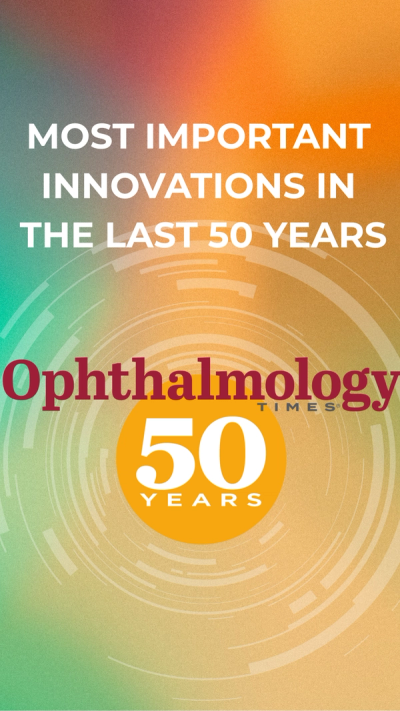
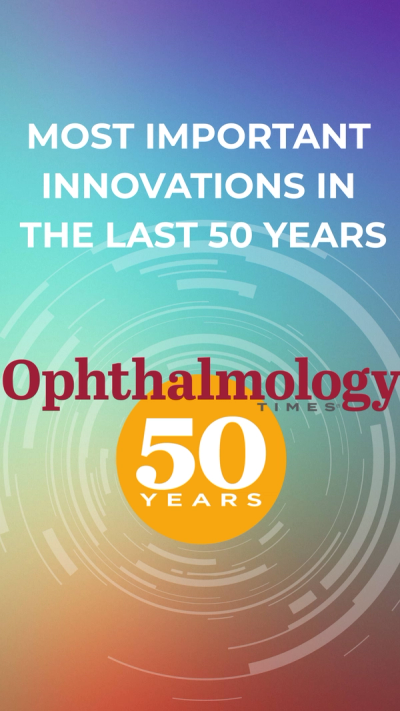
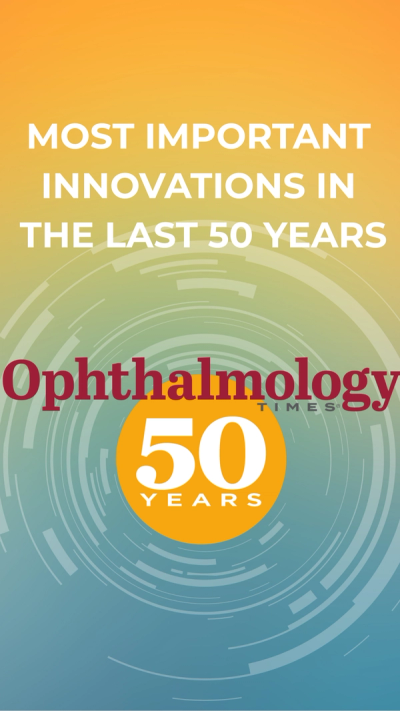
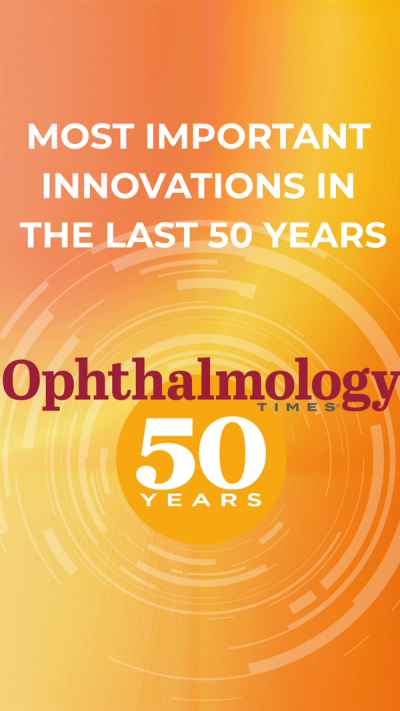
Ophthalmology Times Digital Edition

Podcasts
Continuing Medical Education
All News

Panel examines drug mechanisms, patient factors, and strategies to optimize results.

A trio of retina specialists recently reviewed the clinical benefits of aflibercept 8 mg, including its extended dosing intervals, improved patient satisfaction, and enhanced treatment outcomes for various conditions.


Alternative management may avoid current concerns found with antibiotics.



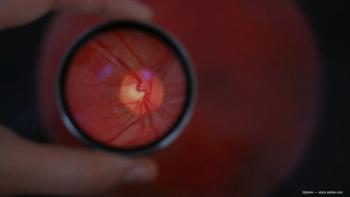
This approach helps distinguish diseases associated with macular atrophy.

NCX 470 is Nicox’s lead dual-mechanism bimatoprost eye drop for lowering IOP in open-angle glaucoma or ocular hypertension.
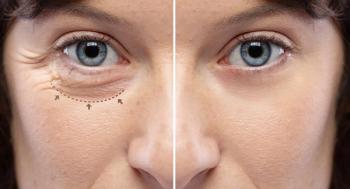
Insights for diagnosing and managing these visible changes across specialties.


Aldeyra met with the FDA on December 12, 2025, in which the FDA requested the company submit the CSR from the reproxalap dry eye disease field trial to the NDA.
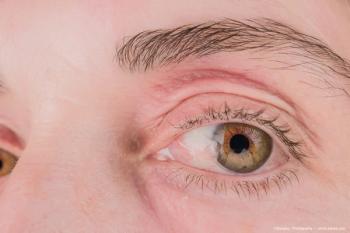
Tips for optimizing surgical techniques to reduce recurrence and enhance outcomes.

The trial is being discontinued based on the recommendation from an Independent Data Monitoring Committee (IDMC) to stop the trials for “futility."


